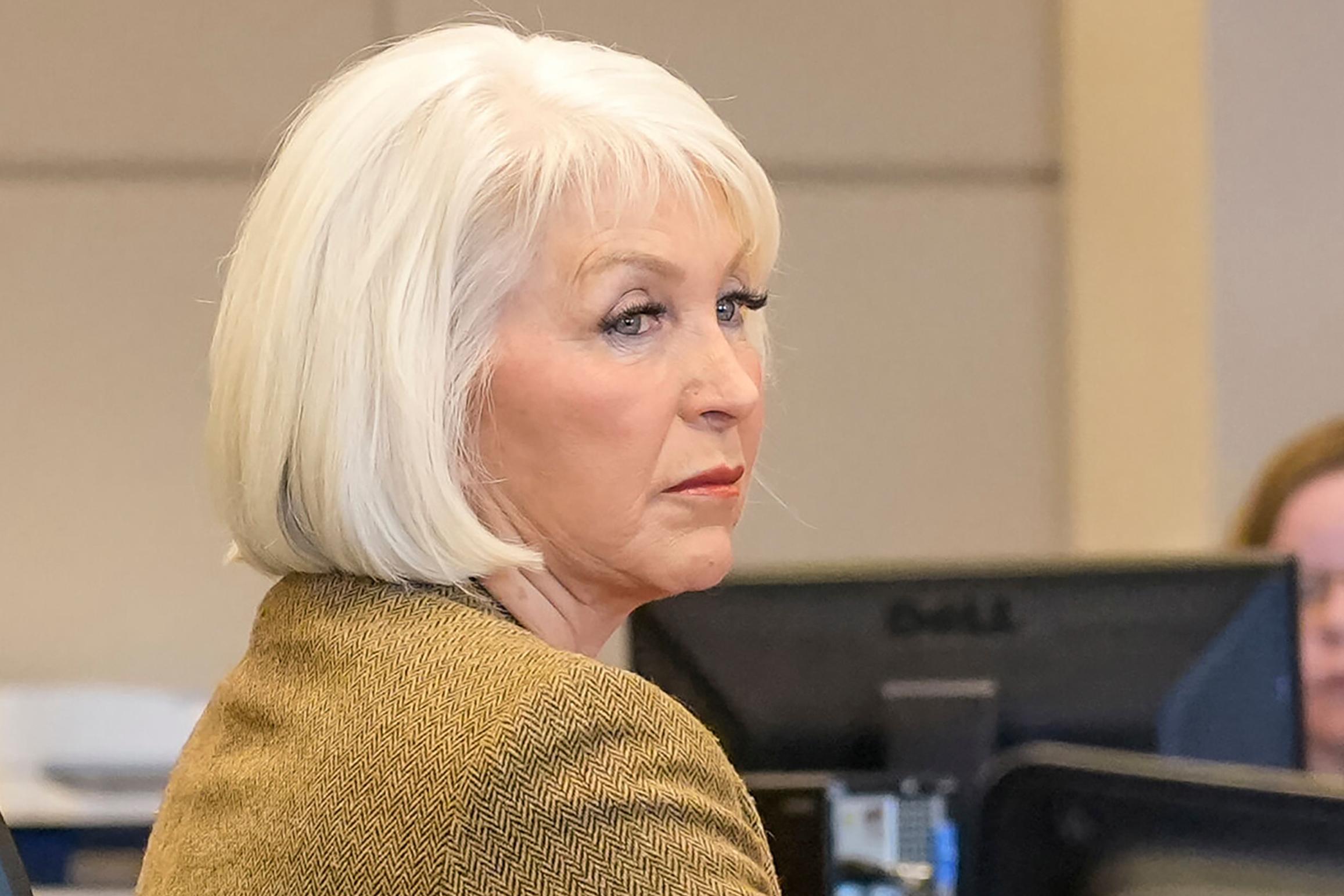
Approximately every ten years, Colorado Springs undertakes a Master Planning process for the parks system. As KRCC’s Michelle Mercer reports, this time around, the economic downturn and recent natural disasters are affecting the planning process.
On a recent Friday morning, the Monument Valley Park tennis courts resound with thudding balls. But people are not playing tennis there. They’re playing one of the fastest growing sports in America: pickleball. Pikes Peak Pickleball Club President Nancy Steffy describes the sport as a cross between badminton, tennis, and pingpong.

“Right now it’s really, really big in Arizona and Florida," says Steffy, "kind of the retirement communities. It’s not just for older players, but those are the players who’ve kind of gotten it growing.”
And, Steffy says, the local pickleball community has been lobbying hard for space to play.
“We would like to see Monument Valley Park converted into dedicated pickleball courts. We have a club of 120 and it’s growing very quickly.”
The effect of Colorado Springs’ aging population on park use is exactly the sort of issue being considered in the current Parks, Recreation, Trails and Open Space Master Planning Process.
“The Master Plan is intended to provide that overall vision, and to really provide the city and the parks department with area of emphasis," says Park Development Manager Chris Lieber. "What really should be our focus areas for the next decade?”
Lieber says the planning process began late last year with city staff and stakeholder interviews and a series of roundtable discussions. Next, a community survey was mailed out—and Leiber says it turned up some surprising information.
“We asked folks out of our recreational services what do you think we perhaps don't provide enough of, and number one on the list was community gardens. I would not have guessed that perhaps that would be #1. #2 happened to be places to fish.”
Trails and Open Space Coalition Executive Director Susan Davies says the Master Plan really is a blueprint for our parks system, but also notes that there are some things the Master Plan cannot anticipate. The last was adopted in 2000 [.pdf].
"No one expected the city parks budget to go from 19 million to 3 million as it did in 2010." Susan Davies, Trails and Open Space Coalition
“No one expected the city parks budget to go from 19 million to 3 million as it did in 2010," says Davies. "No one expected we would have to close bathrooms, remove trash cans, and not water our parks or trees for a while. It was extremely serious.”
And that budget crisis is making planners more conservative this time around. Lieber says back in 2000, there was a focus on acquiring more open space.
“Now the focus, in many ways, is going to be on how can we link those open spaces together, how can we make those important connections via our trail system, so that we can really maximize the value of what we currently have and kind of leverage those existing investments.”
Recent fires and floods heavily impacted one existing asset: mountain parks and trails. And in the Master Plan survey, 74% reported improving the maintenance and care of trails as “essential” or “very important.”
On High Drive in the Bear Creek area, Chuck Struck shared his disappointment in the recent closing of part of the Section 16/Palmer Trail loop.
“A lot of people that did Waldo Canyon, when it was shut down two years ago, they migrated over here to 16. Where do you go?”
But Lieber says parks and open spaces in other parts of the city can serve as some compensation for the loss of mountain areas.
“Many of the recent disasters that we’ve experienced have been focused largely on the West Side. By having opportunities that are focused on the East Side, we’re still able to provide many of those services.”
But that's no consolation for Struck.
“It’s not the same," Struck says. "Not the mountains, not the trails. I’ve run into deer, I’ve run into bear. I just watch them forever. Just neat things like that and you’re not going to see that out on windy plains.”
Hikers—along with the pickleball club and the rest of the community--will have a chance to voice their opinions at a public meeting this week. Susan Davies says this meeting is a vital part of the parks planning process.
“That meeting is going to take pulse of the community. If people have strong feelings about recreation, better trail connectivity, or better forest management, whatever is their issue, this is their time to come and actually vote so to speak.”
The public meeting for this year’s Parks Master Plan is scheduled for Wednesday, April 30 at 6:30 PM at the Colorado Springs City Auditorium.
If you missed the public meeting, you can take a survey through mid-May. You can find a link to the survey here.








